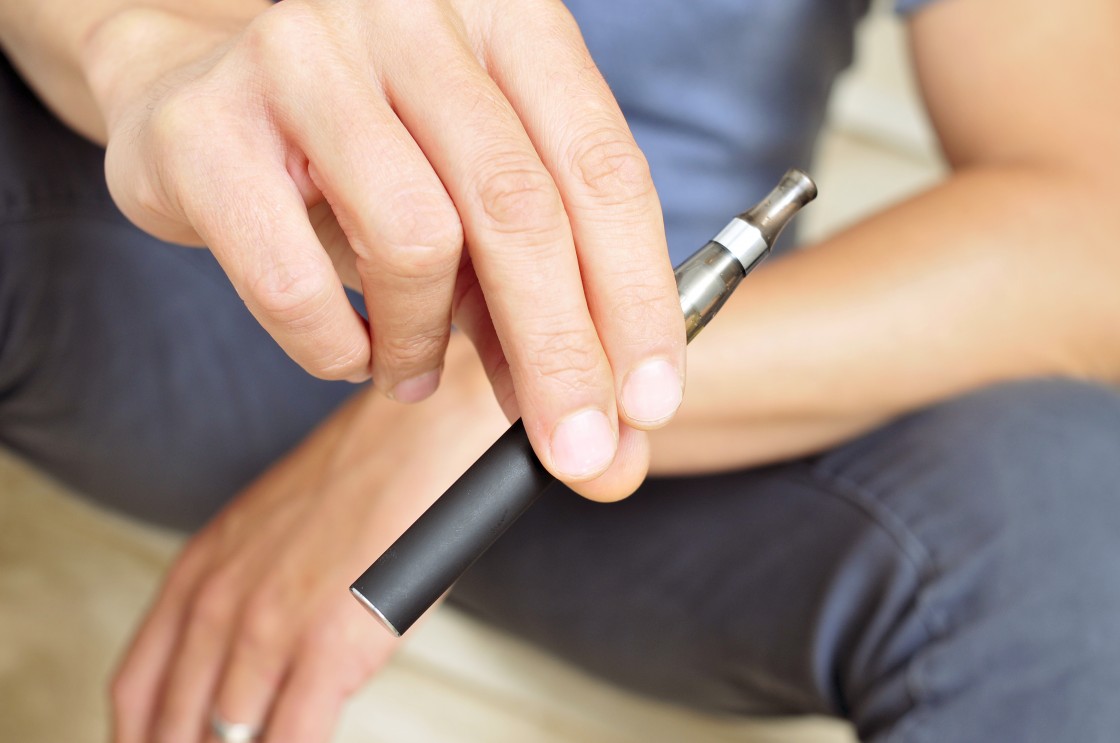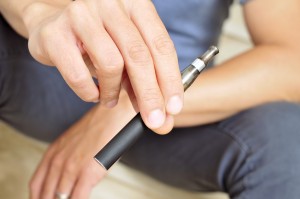Since 1975, the Monitoring the Future (MTF) study of substance use among U.S. adolescents has been conducted annually by the University of Michigan’s Institute for Social Research and funded by the National Institute on Drug Abuse.
For the past 20 years, I have turned to the MTF study to see what the national trends are with adolescent substance use from one year to the next. I’ve seen a lot of trends with different substances over the years – trends that primarily show a decrease in use while other trends have raised some concerns.
I recently read the summary of the 2018 MTF survey which involved about 44,500 students in 8th, 10th and 12th grades enrolled in 392 secondary schools nationwide. I must say…I was alarmed. I’ve never read a summary of a MTF survey that raised concerns as this one did.
Increases in adolescent vaping from 2017 to 2018 were the largest EVER recorded in the past 43 years for any adolescent substance use outcome in the U.S.
Vaping involves the use of a battery-powered device to heat a liquid or plant material that releases chemicals in an inhalable aerosol. Examples of vaping devices include e-cigarettes, such as the popular brand JUUL and “mods.” The aerosol may contain nicotine, the active ingredients of marijuana, flavored propylene glycol, and/or flavored vegetable glycerin. The liquid that is vaporized comes in hundreds of flavors, many of which are likely to be attractive to teens (e.g., bubble gum and milk chocolate cream).
The percentage of 12th grade students who reported vaping nicotine in the past 30 days nearly doubled, rising from 11% in 2017 to 21% in 2018. As a result of the increase, one in five 12th grade students vaped nicotine in the last 30 days in 2018. For secondary students in grades 9 through 12 the increases in nicotine vaping translate into at least 1.3 million additional nicotine vapers in 2018 as compared to 2017.
To put the nicotine vaping increase in context, it is the largest out of more than one thousand reported year-to-year changes since 1975 for use of substances within the 30 days prior to the survey among 12th grade students.
In addition, the percent of 12th grade students who reported use of nicotine in the past 30 days significantly increased to 28.5% in 2018 from 23.7% in 2017. Nicotine use is indicated by any use of cigarettes, large cigars, flavored or regular small cigars, hookah, smokeless tobacco or a vaping device with nicotine. This increase was driven entirely by vaping.
What do these findings mean for you and for me in our work with kids?
- We need to personally recognize the harmful effects of vaping. It is not a safer option that cigarette smoking.
- We need to use proven, research-based prevention strategies to address vaping and other substances with adolescents.
- We need to equip parents with the tools to recognize and address vaping use with their children.
- We need to advocate for more research on vaping and its adverse effects and more regulation of the marketing and sale of e-cigarettes to kids.
Since nicotine is involved in most vaping and it is a highly addictive substance, these findings present a serious threat to all of the hard-won progress we have made in the past 25 years in reducing cigarette smoking among adolescents.
If there was ever a trend we need to turn around, this is the one. I don’t want to read the 2019 MTF summary next year and be alarmed again and write another blog with news like this one. Let’s all do the work we need to do for the sake of our kids.
** NOTE** The All Stars middle school series – Core, Booster and Plus – now addresses vaping as a risky behavior. The Stone & Taney Counties Substance Use Initiative is able to help your school implement this evidence-based prevention curriculum. Contact Marietta Hagan at Marietta.Hagan@coxhealth.com or (417) 335-7333 to find out more.


